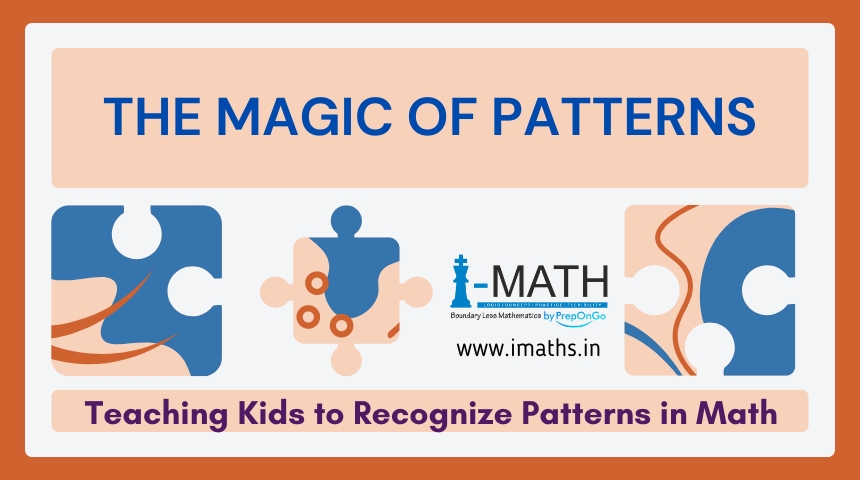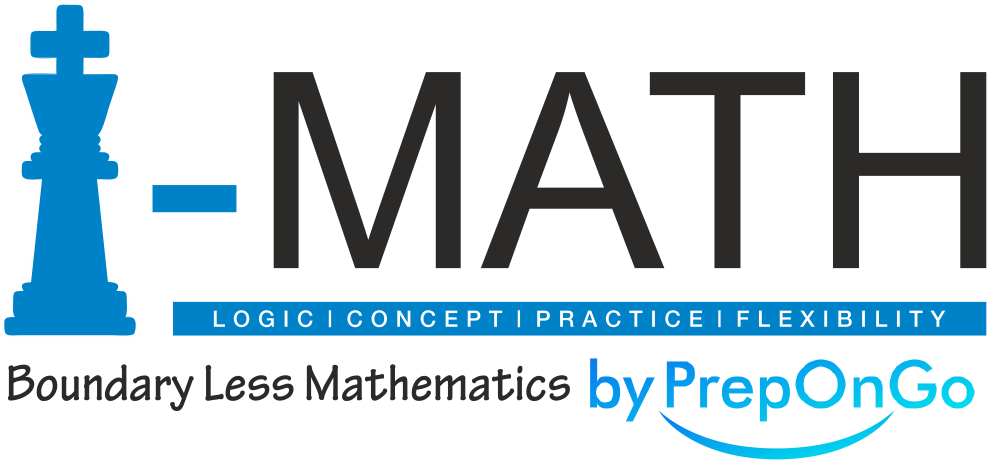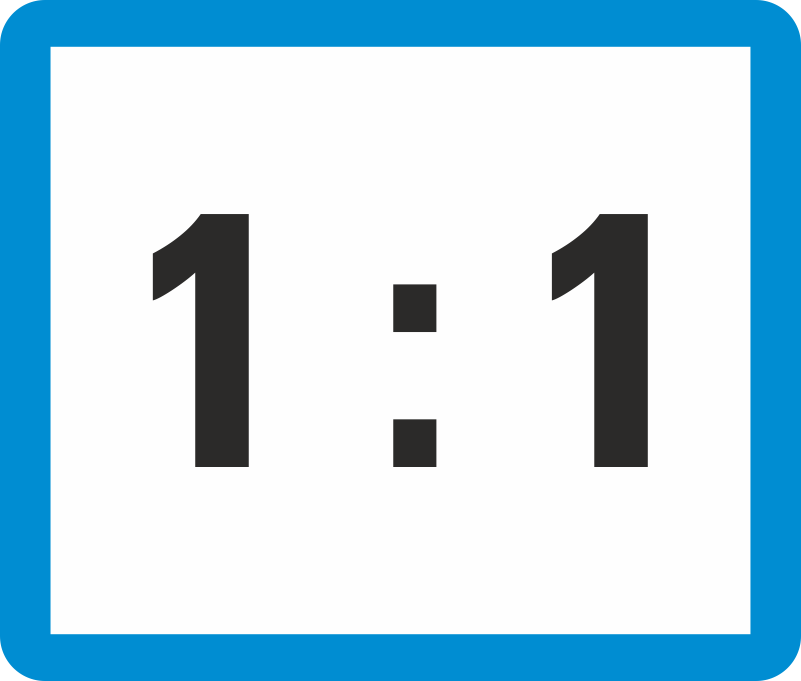The Magic of Patterns: Teaching Kids to Recognize Patterns in Math

Patterns are everywhere, and recognizing them is a fundamental skill in math. Teaching kids to identify and understand patterns can help them grasp more complex mathematical concepts. Here’s how you can make learning about patterns fun and engaging.
1. Pattern Recognition in Nature
Nature is full of patterns, from the petals on a flower to the symmetry of leaves. Take your child on a nature walk and point out different patterns. Discuss how these patterns occur and relate them to mathematical concepts like symmetry and sequences.
2. Using Blocks and Beads
Create patterns using colorful blocks or beads. Start with simple patterns (ABAB) and gradually introduce more complex ones (AABB, ABBA). Ask your child to replicate and extend the patterns.
3. Pattern Games
Games like “What Comes Next?” are great for teaching patterns. Present a sequence and ask your child to identify the next item. This can be done with numbers, shapes, or colors.
4. Music and Rhythm
Music is a fun way to explore patterns. Clap or play a simple rhythm and have your child repeat it. Gradually increase the complexity. This activity helps them understand repetitive sequences and patterns.
5. Patterns in Math Problems
Show your child how patterns can simplify math problems. For example, in multiplication tables, patterns help memorize facts faster. Explain the patterns found in the 2, 5, and 10 times tables.
Conclusion
Recognizing and understanding patterns is a crucial math skill that lays the foundation for more advanced concepts. By exploring the magic of patterns: teaching kids to recognize patterns in math, you can make math more interesting and accessible for your child.




